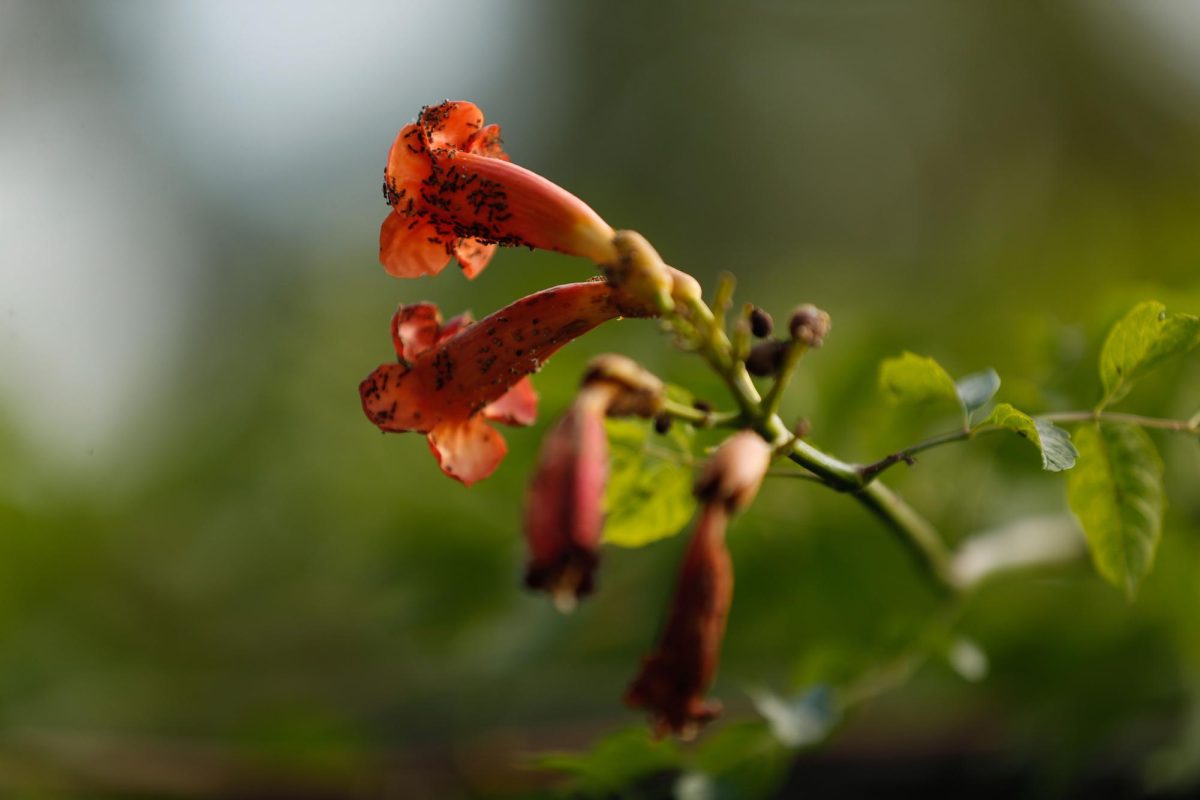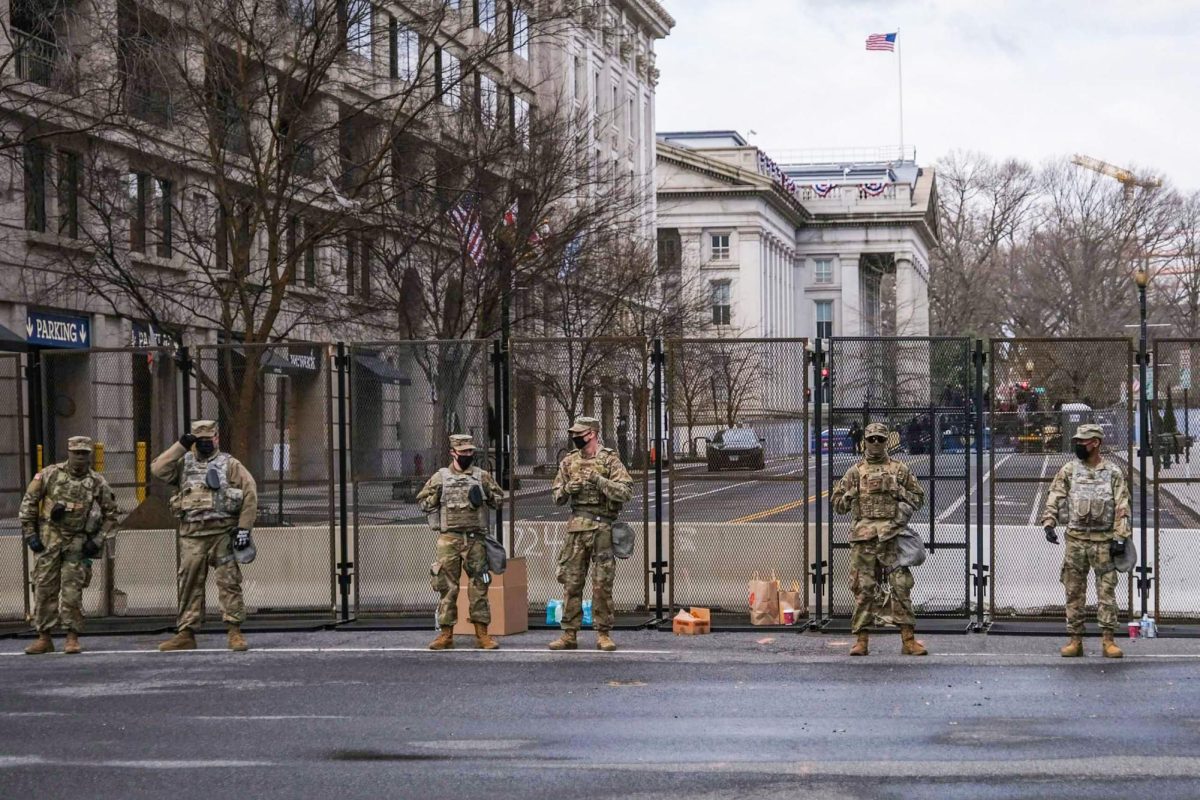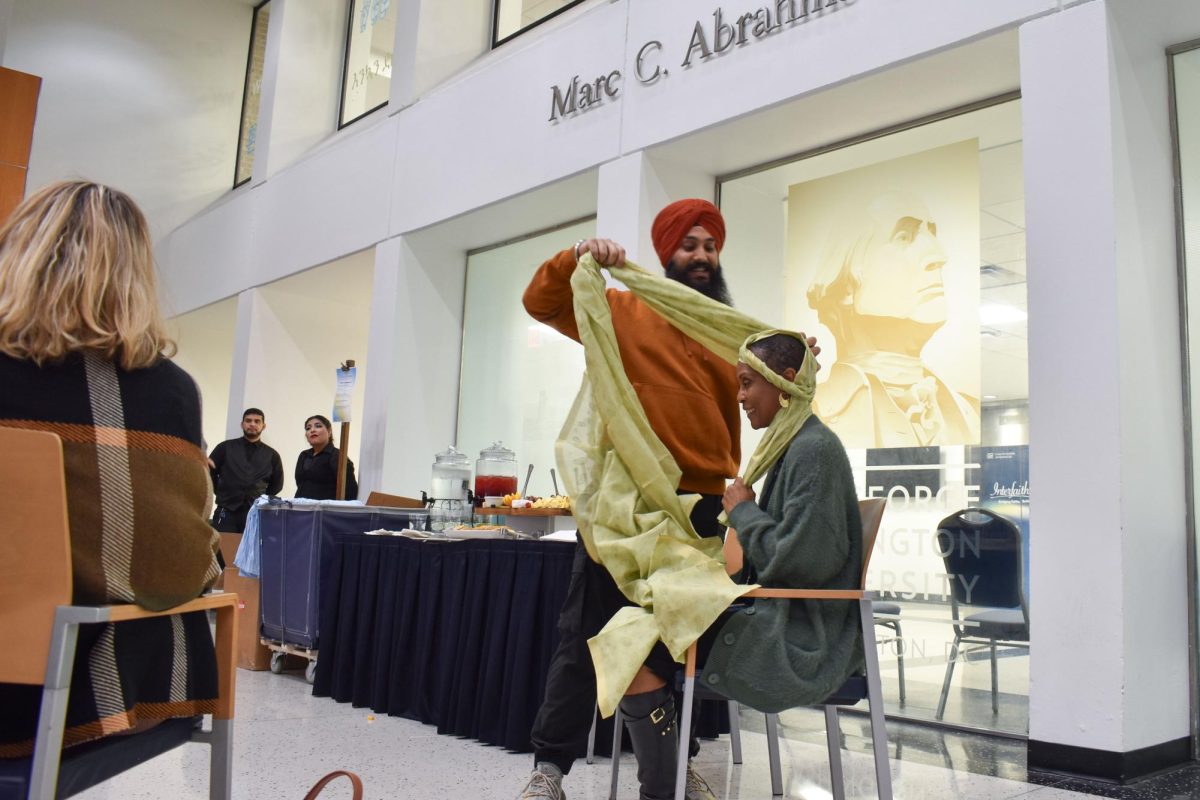Researchers in the Columbian College of Arts & Sciences found competition was a greater factor in determining biodiversity than resource availability when they narrowed the scale of study in an ecosystem.
Scott Powell, an associate professor of biology, and former postdoctoral fellow Benjamin Adams, the study’s lead author, observed the interactions of a tree-dwelling ant species known as the “turtle ant” unique to the Dagny Forest in Key Largo, Florida. Researchers found that as they shrank the scale of study from a whole tree to individual ant nests, competition between individual ants played a more dominant role in determining biodiversity than the availability of resources in the ecosystem.
The researchers said the study examined factors that affect the biodiversity — or the variety of different living species in an ecosystem — within ant colonies and individual ant nests in the Dagny Forest like resource availability, the presence of food and proper habitat, and competition, the interaction of individuals vying for the same resources. By observing how ants compete for resources in their environment alongside other species and ant colonies, researchers learned more about how the systems of biodiversity function in the Dagny Forest, which will help conservationist aid efforts to conserve and maintain biodiversity.
Adams said ants are a good case study for biodiversity because the insects live in colonies that don’t move locations and have a large population, which allows scientists to collect data in a controlled environment.
“You basically have an ideal model for asking questions about patterns of diversity, so that’s what led me to that,” Adams said. “Picking apart different ideas to kind of find a perfect system to get at the general questions about life.”
He said researchers compared how species interact with each other and their environment at the level of the whole tree and individual ant nests within trees by examining ants that reside in pockets of deadwood in poisonwood trees. The researchers manipulated resource availability and competition to see how the changes affected the biodiversity of the ants, altering the amount of deadwood to adjust the available habitat space and removing some ants to adjust the levels of competition on smaller scales.
Adams said the study shows that on larger scales, the number of resources available to species determines the number of species able to live in an ecosystem. On smaller scales, individual organisms are working with the same amount of resources, which means competition becomes the main determinant of which organisms survive, he said.
“Parsing apart all of the difficult and complex interactions that happen at a local scale is difficult, but it’s critical to actually confirming our expectations for modeling at larger scales,” Adams said.
Adams, who has been studying arboreal ant communities for the past decade, said the team traveled to Key Largo for up to eight weeks at a time during the study, which has been in progress for five years. The team slept in tents and observed how the ants feed and compete with each other.
Adams said the Dagny Forest was an ideal place for data collection due to the relatively small size of the trees and the manageable number of natural species present. He said these factors allow researchers to more easily control for resource availability and the number of present species.
“The hard thing about doing ecology, especially field ecology, is that you can’t control a lot of things,” Adams said. “It’s sort of at the whim of Mother Nature. And this is one of these rare examples in which we can control a lot of things.”
The researchers said the study’s data — observed from ants from more than 170 poisonwood trees — will help the Florida State Park Service with their habitat restoration efforts and better inform the scientific community on issues in networks of ants and other species.
“This particular layer of the project is really trying to understand how the various species that live in the environment interact and compete with each other, to build and maintain their networks,” Powell said.
Powell said the study is part of a greater collaborative project to better understand how organisms build and repair their ecological networks between himself, Adams and scientists at Harvey Mudd College in California and at the University of York, which began in January 2020.
Powell said undergraduate research students worked in his lab to collect data about the types of ants in the colonies, like worker or soldier ants, from samples of active ant nests that they then sent back from the field to better understand colony structure within the nest. Powell said the group of researchers was a “critical part of the team” because of their role in collecting data.
Experts in ecology and biodiversity said the results of the study can aid conservation efforts and be applied to larger ecosystems.
Samantha Chapman, a professor and co-director for the Center for Biodiversity and Ecosystem Stewardship at Villanova University, said studying ants and related organisms is beneficial because of their “huge amount of biomass on Earth.” She said for conservationists, understanding biodiversity is integral in determining how and where they should focus their conservation efforts.
“They’re showing that in this study, we need more conserved areas,” Chapman said. “You’ve probably heard about the efforts to preserve 30 percent of the Earth’s surface by 2030. And that’s a really good goal and one we need to do if we’re going to be able to bring back biodiversity and conserve the biodiversity that we still have.”
Daniel Pavuk, a professor and chair of biological studies at Bowling Green State University, said the study has practical applications for future conservation efforts, since the study’s understanding of how resource availability and competition affect biodiversity on different scales can be applied to larger ecological systems.
Pavuk said the application of a small-scale study to broader ecosystems can inform experts in the ecology field on how to move forward with conservation based on what is most critical to species’ survival.
“That really informs conservation biologists, the managers of biodiversity trying to maintain species,” Pavuk said. “What are the most important factors that allow species to exist first of all, then coexist in systems?”





